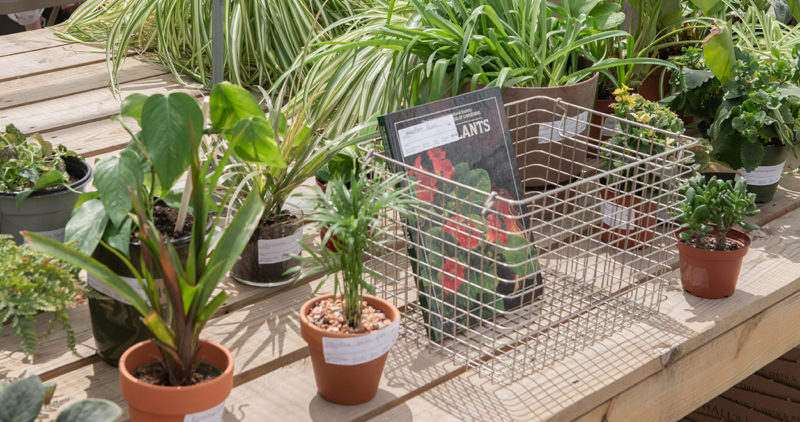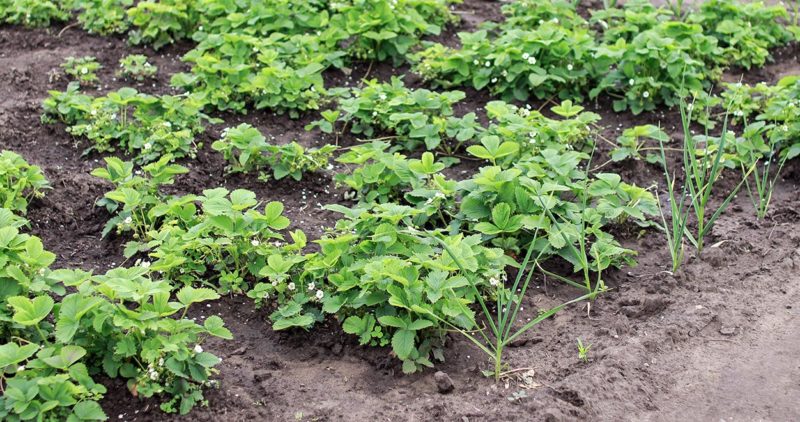
If May zipped by quickly this year and you think you missed the chance to start a vegetable garden, don’t worry – there’s still time. In fact, June’s warm days and warm soil make it a great time to plant some of your favorite vegetables and start looking forward to delicious harvests later in the summer. Here, we share some tips for starting your vegetable garden now.
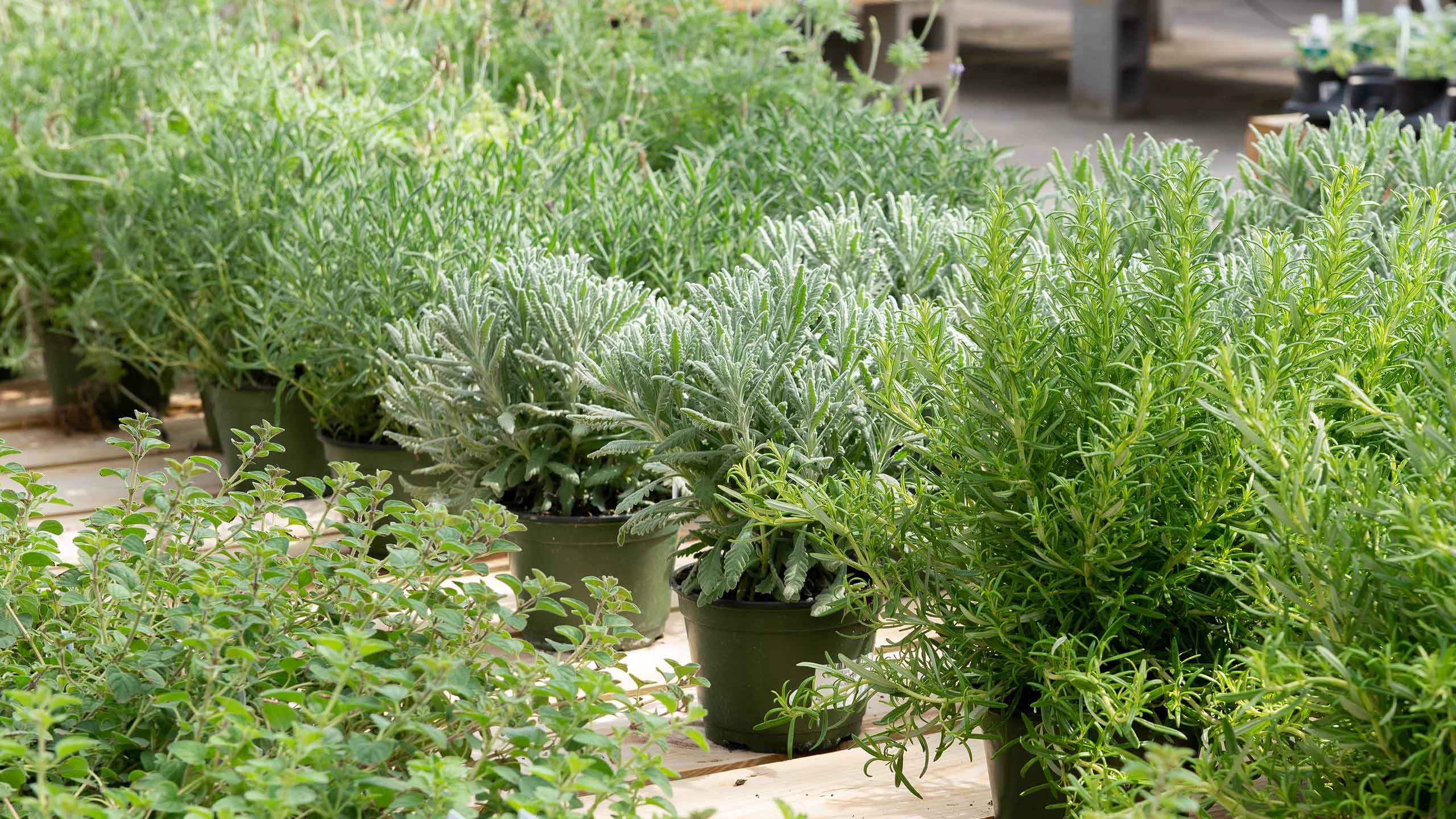
What to Plant Now
For a quick start to your garden, pick up some of your favorite plants already growing and ready to plant in the garden. In our greenhouse, you’ll find a great selection of vegetable plants in 4” pots that can be planted now and still produce a nice crop for the year. In fact, tomatoes, peppers, cucumbers, and melons all need consistently warm soil, so this is actually a perfect time to plant these warm-season crops. It’s also a great time to plant strawberries, eggplant, sweet potato, zucchini, squash, and pumpkins. (If you’d like to try something a little different, we even have peanut plants.) Any of the culinary herbs – basil, rosemary, oregano, sage, mint, and more – will thrive in the garden now too.
And if you really want a jump-start for your garden, look for our selection of tomatoes and peppers in larger one-gallon pots. Some of the one-gallon pepper plants are already producing peppers.
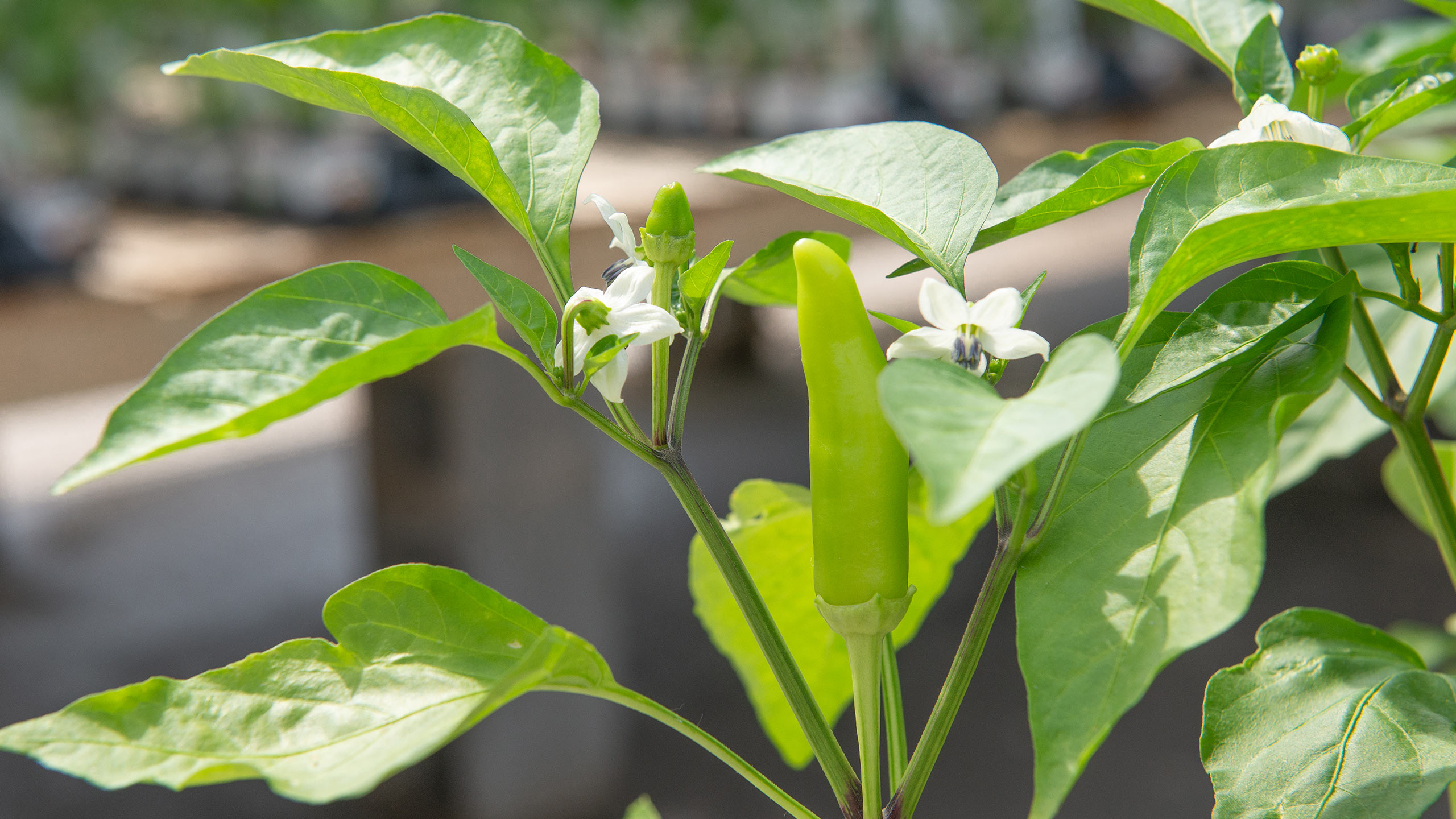
What About Seed?
Several garden varieties can be started from seed now too. Just be sure to check the “days to maturity” number on the back of the seed packet and stick to varieties that grow quickly and will mature in 90 days or less. This means you’ll be harvesting – at the latest – in early- to mid-September which is well shy of our first expected frost date in mid-October. Zucchini, watermelons, cantaloupe, squash, green beans, and cucumbers are some examples.
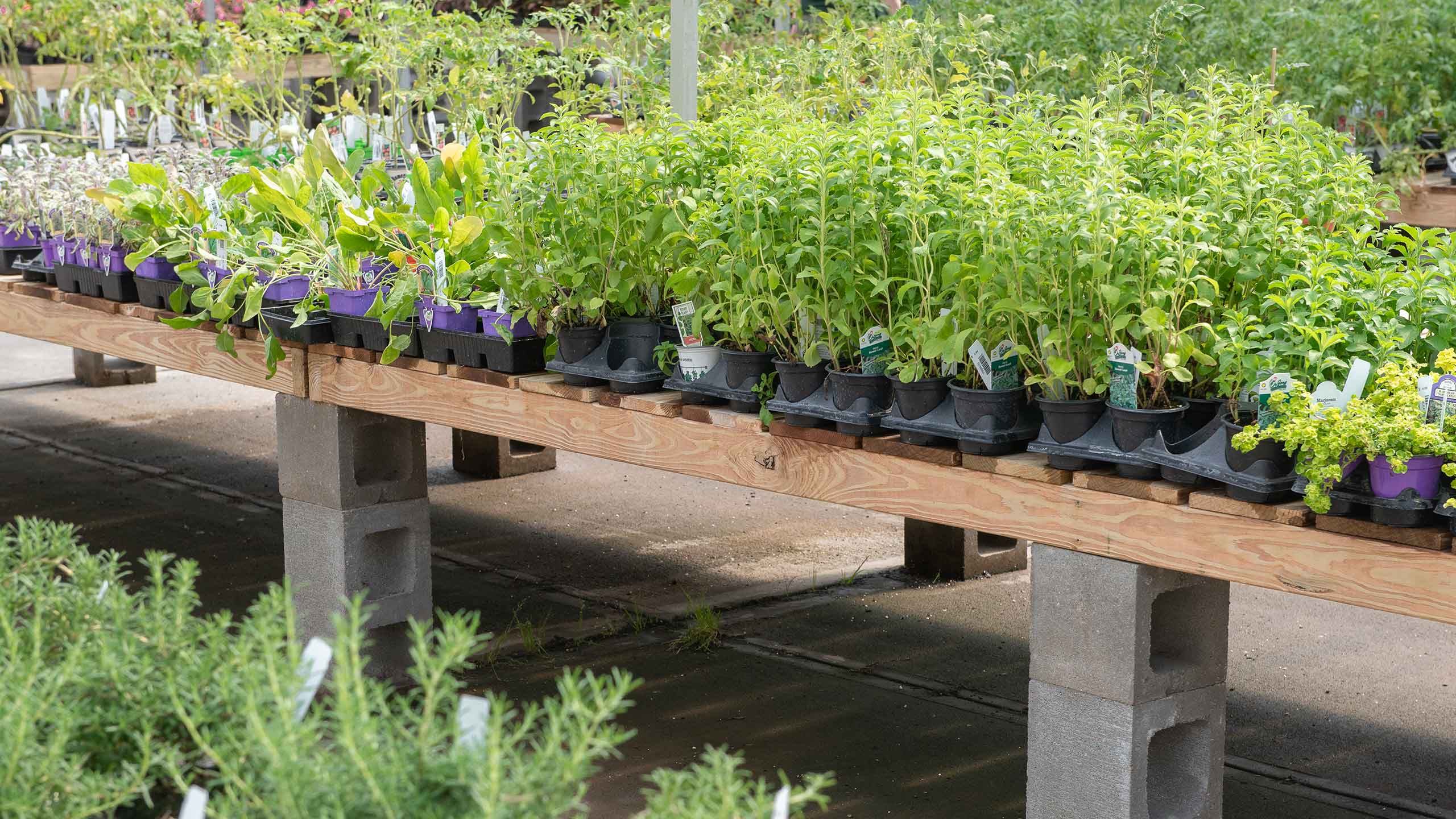
Tips for Planting in Hot Weather
Of course, with later planting comes warmer weather, and there are a few things to consider when planting tender new plants during hot weather. First, if you can wait to plant on a day when the afternoon high is in the 70’s or 80’s it will lessen the effects of transplant shock on your new garden. If you’re planting in containers, you can also keep your new plants in a bright space where they won’t be directly hit by the harsh afternoon sun on extremely hot days. And be sure to water your plants thoroughly and often until they’re well-established. The goal is to keep the soil consistently moist, but not too wet either.
If temperatures soar above 90, wait for a stretch of more moderate weather to fertilize. Feeding your plants encourages them to put on lots of new green growth – something they don’t have the energy to do when it’s really hot – and this can actually cause stress to your plants. Instead, we recommend using Superthrive. Its vitamin-rich formula will help your garden plants develop healthy root systems and lessen the stresses from transplanting and heat. When temperatures drop back into the 80’s, you can apply fertilizer again.
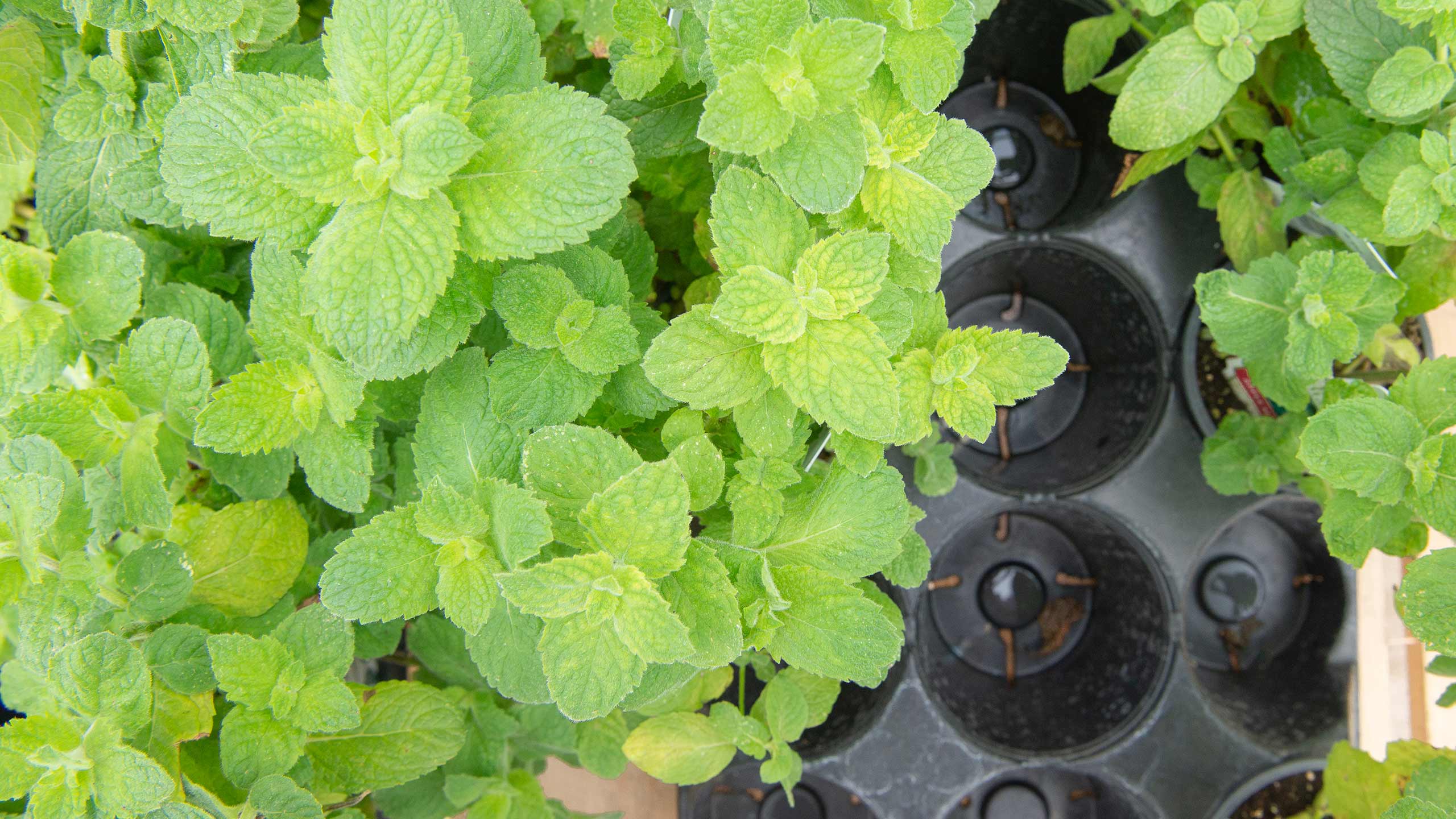
Let’s Get Started
Even if you feel like you’re running behind with your vegetable garden this year, you’re not. There’s still time to get a garden in. If you have questions or need advice, just ask. Some of us are just starting our own edible gardens too, and we’ll be glad to share our best tips to help make yours a success this summer.


